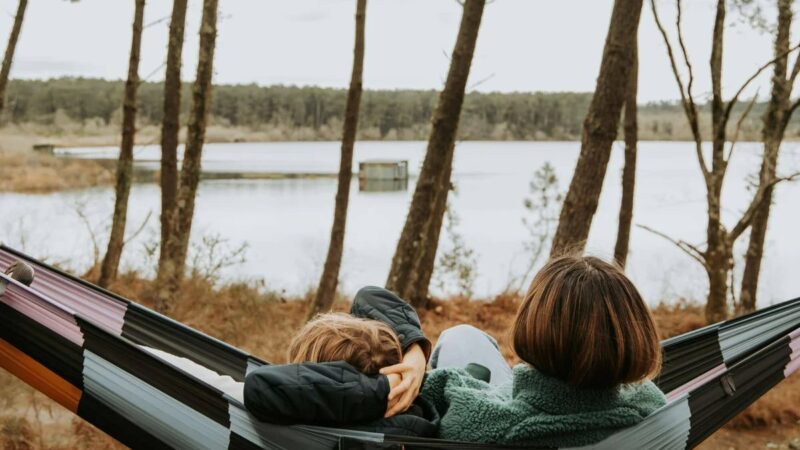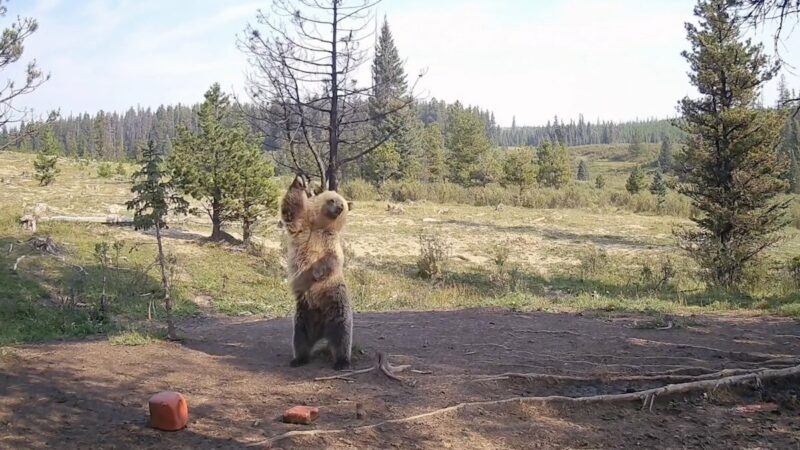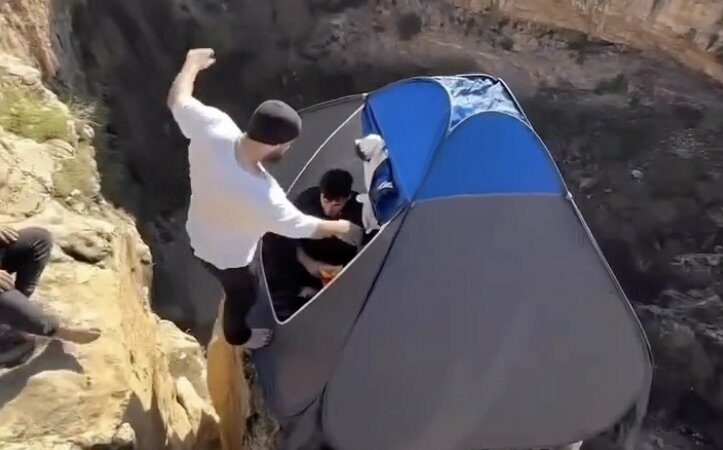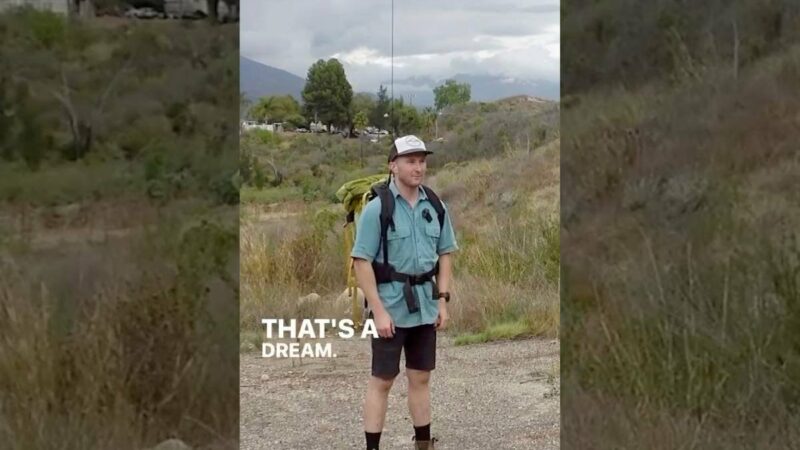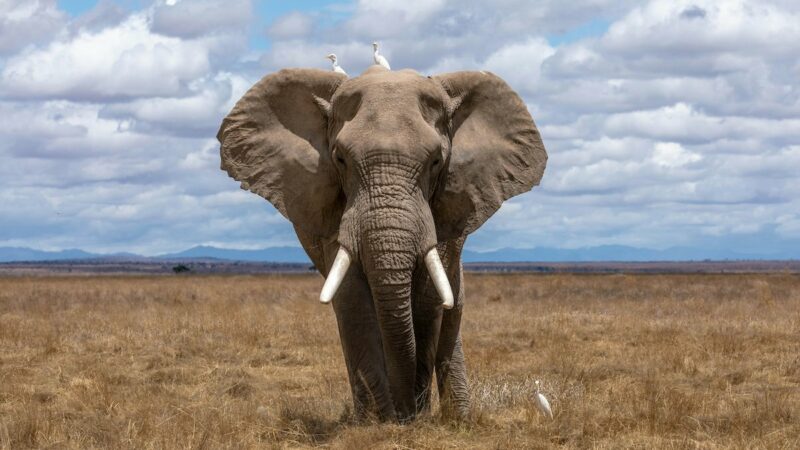How To Protect Yourself From and Make Sense of Wildfire Smoke
As smoke from the Canadian wildfires makes its way across North America, people all over the continent, including in places where pollution might not be visible, are left wondering how to stay safe from poor-quality air.
We talked to Laura Kate Bender, the head of the Healthy Air campaign at the American Lung Association, about how to protect yourself from and make sense of this seemingly out-of-control situation.
Why you should be concerned about wildfire smoke
Bender explained that the danger of wildfire smoke is fine particulate matter, or particle pollution, which refers to small particles contaminating the air.
“There can really be a wide variety of dangerous substances in that mix,” she said, adding that a wildfire might burn trees, debris, structures, building materials, and whatever else is caught in its path.
The particles are dangerous because of how small they are.
“They can actually get deep into your lungs and past your body’s natural defenses,” she said. “They can even pass into your bloodstream.”
Therefore, if you breathe in wildfire smoke, you could experience both short- and long-term issues. Short-term issues might be coughing, watery eyes, a runny nose, and other cold-like symptoms while long-term issues could manifest into a more severe condition.
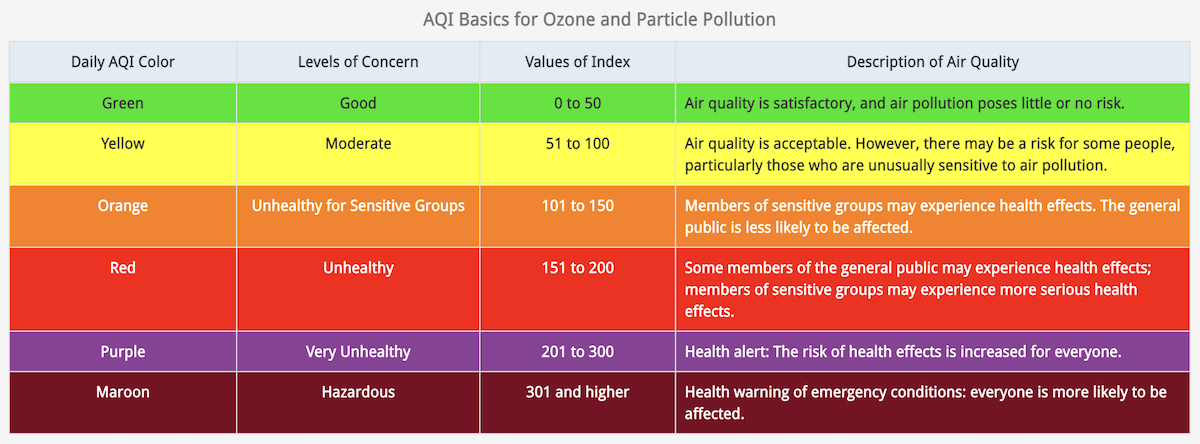
She explained there is a long history of research showing dangerous long-term impacts on the human body because of particle pollution. “The impact of the particles could wreak havoc on various parts of your body,” she said.
How to know if you’re at risk
While orange smog blanketing cities like New York and Washington, D.C. is an obvious visual cue that the air quality is bad in a particular area, it’s not always so obvious.
Instead, Bender recommends following the Air Quality Index published by the Environmental Protection Agency. The AQI breaks down air quality levels using simple terms, definitions, numbers, and color coordination.
“There are other types of air pollution that are totally invisible and you wouldn’t know that you had unhealthy levels unless you checked the air quality, got an alert, or started experiencing symptoms,” she said. “So it is important to go by the readings even if it’s not immediately apparent by looking at it.”
Everyone is susceptible to injury
Bender explained that the people most at risk are those with asthma or heart conditions as well as the elderly, children, and pregnant women, but because wildfire smoke contains fine particulate matter, everyone is susceptible to injury.
“Certainly, not everyone is going to experience immediate symptoms, but it’s very possible that people will feel it when the air gets unhealthy,” she said and added, “Anyone’s health can suffer from the levels of particle pollution many places are seeing.”
How to protect yourself from wildfire smoke
According to Bender, the best way to protect yourself from wildfire smoke is to stay indoors. She recommends keeping doors and windows closed, adjusting air conditioning units to recirculate air, using air purifiers, and planning alternatives to outdoor activities.
“It’s important to make those simple choices to switch from a pretty unhealthy environment to a safer one,” she said. But she added that if you must go outdoors, you should wear an N95 mask and create a “clean room” inside of your house.
The EPA describes a clean room as free of contaminants — so closed windows and no burning candles or cooking — and it’s also equipped with an air purification system. The agency recommends using a bedroom with an attached bathroom.
“Avoiding unnecessary exertion outdoors is key,” Bender said about protecting yourself from wildfire smoke. The reason is, as she explained, is that if you, for example, go outside and run when the air quality is poor, you’ll end up breathing in more air and more pollutants.
Two takeaways
If you take anything away from her message, Bender said she hopes you understand two things. “One, the health threats are real but there are lots of things people can do to protect themselves,” she said.
“And two, I do want to make the broader point . . . this is connected to climate change,” she said about the wildfires. “We’re seeing increased wildfire events and it’s critical that we at every level of government act on climate change to keep this problem from getting even worse.”
Source: https://outdoors.com/how-to-protect-yourself-from-wildfire-smoke/


